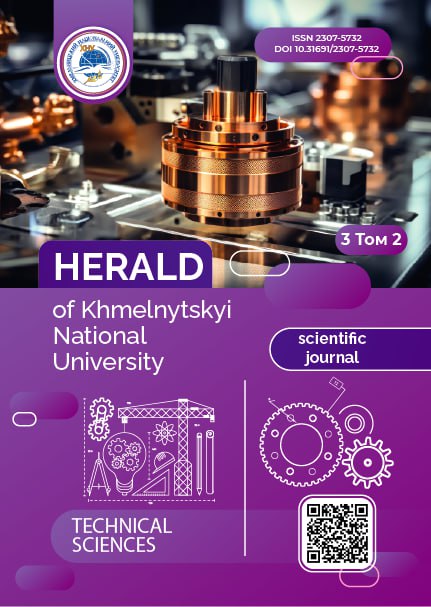INFORMATION AND COMMUNICATION TECHNOLOGIES AS A CATALYST FOR DIGITAL TRANSFORMATION IN THE EDUCATIONAL ENVIRONMENT: TECHNICAL ANALYSIS OF THE USE OF CLOUD PLATFORMS
DOI:
https://doi.org/10.31891/2307-5732-2025-353-61Keywords:
information and communication technologies, digital transformation, models, cloud platforms, services, system analysis, information security, educational environmentAbstract
The article discusses the impact of artificial intelligence on programming processes, including code Abstract. This paper presents a technical analysis of the role of information and communication technologies (ICT) in the digital transformation of the education sector, with a particular focus on the implementation and operation of cloud computing platforms. The main focus is on the functional and architectural characteristics of platforms such as Google Workspace for Education, Microsoft 365 Education, and Moodle, with the aim of assessing their effectiveness in the context of scaling the digital infrastructure of educational institutions.
The study uses methods of system analysis, technical audit of digital solutions, as well as a quantitative survey of IT specialists and technical staff of educational institutions. A comparative analysis of models of access, authorization, cloud data storage, integration with local services, and API support for the development of proprietary educational tools was conducted. Security aspects were considered separately, including multi-factor authentication, encryption, data backup, and compliance of cloud services with international standards (ISO/IEC 27001, GDPR, etc.). The technical advantages of cloud solutions in ensuring fault tolerance, availability, and automation of educational content management processes were identified.
A significant part of the article is devoted to analyzing the performance and scalability of cloud services under heavy load, particularly in cases of transition to remote or blended learning formats. Technical limitations, problems of integration with local networks, and the potential for implementing containerization and virtualization to improve the efficiency of ICT infrastructure use are examined. The conclusions provide practical recommendations for the selection and implementation of cloud ICT solutions, taking into account the technical specifications of the institution, the level of digital maturity, confidentiality requirements, and IT development strategies. The need to develop unified technical standards and protocols for integrating educational platforms into a single digital educational space is justified.
The research results are aimed at specialists in the field of educational IT systems, system administrators, DevOps engineers, and educational technology developers who seek to implement technologically sound and scalable digital solutions.
Downloads
Published
Issue
Section
License
Copyright (c) 2025 ОЛЬГА КРАВЧУК, ДМИТРО КАЧУРИНЕЦЬ (Автор)

This work is licensed under a Creative Commons Attribution 4.0 International License.

